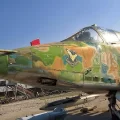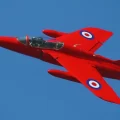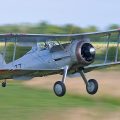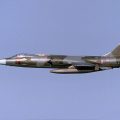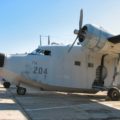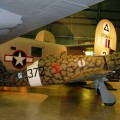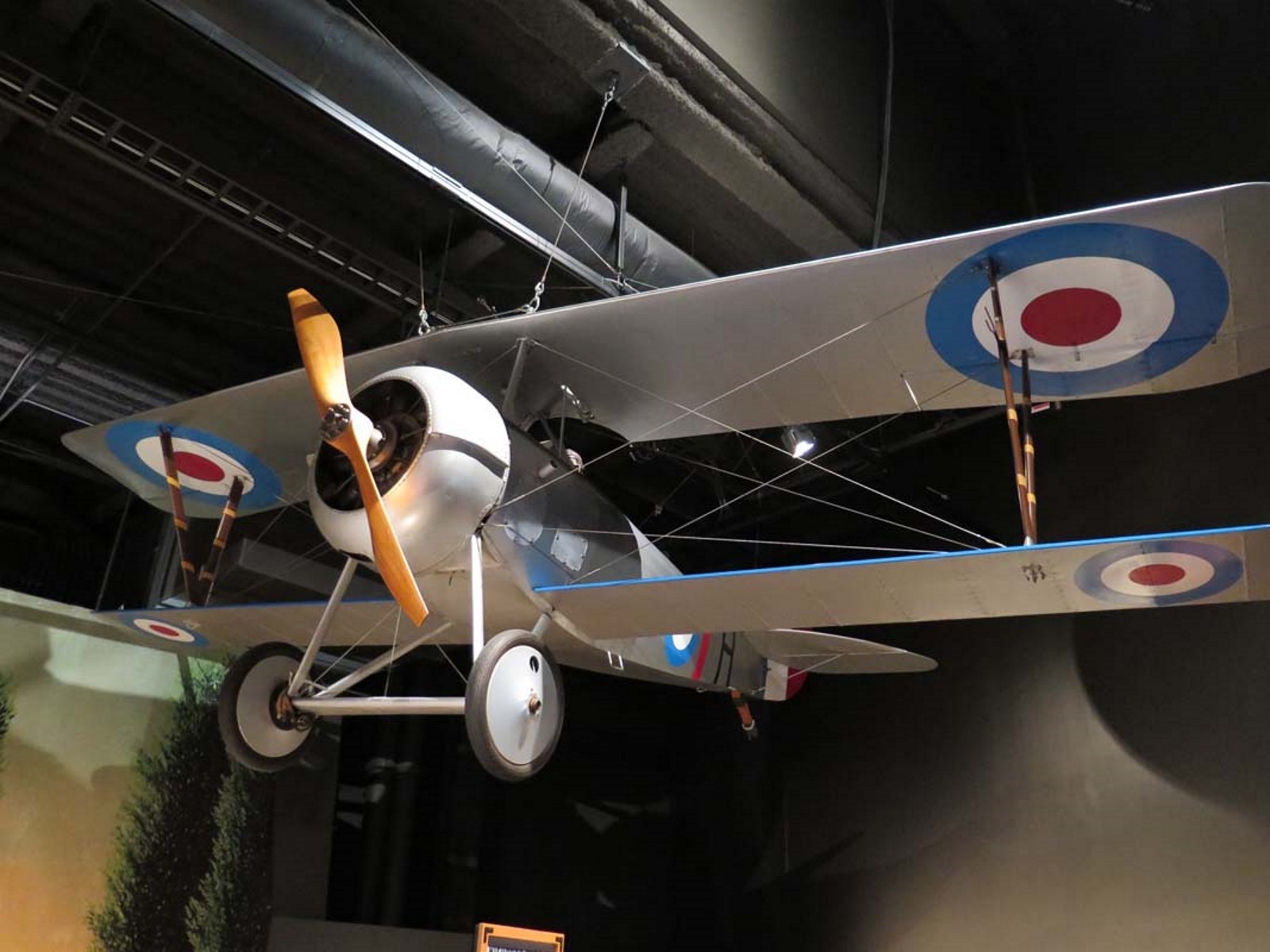
Nieuport 27 | |
|---|---|
| Ország | Franciaország |
| Szerepet | Fighter / advanced trainer |
| Első repülés | 1917 |
| Beépített | 1000+ |
A Nieuport között 27 (or Nieuport XXVII C.1 in contemporary sources) was a World War I French sesquiplane fighter aircraft designed by Gustave Delage. The 27 was the last of the line of Nieuport “V-strut” single seat fighters that began with the Nieuport 10 of 1914. Operational examples supplemented the very similar Nieuport 24 and 24bis in operational squadrons in late 1917 and many would also be used as advanced trainers.
Forrás: Nieuport 27 on Wikipedia
| Nieuport 27 Walk Around | |
|---|---|
| Fotós | Vlagyimir Jakubov |
| Lokalizáció | Repülési Múzeum, Seattle |
| Fénykép | 37 |
Kapcsolódó készletek:
Keresse készletek az eBay-en:
Lásd még:
The Nieuport 27 was a French fighter aircraft that served in World War I. It was designed by Gustave Delage and produced by Nieuport, Nakajima and the Uruguayan Air Force. It was the last model of the Nieuport series that used the distinctive V-shaped interplane struts. The Nieuport 27 had a rounded fuselage, ailerons and rudder, and a single or twin machine gun configuration. It was powered by a rotary engine that could reach a maximum speed of 185 km/h and a ceiling of 5,550 m.
The Nieuport 27 entered service in October 1917 and was used by several countries, including France, Italy, Japan, Poland, Russia, the United Kingdom and the United States. It was also used as an advanced trainer for pilots. The Nieuport 27 was replaced by the more advanced Nieuport 28 in 1918. One of the most famous feats of the Nieuport 27 was performed by Charles Godefroy, who flew it through the Arc de Triomphe in Paris on August 7, 1919, as a protest against the exclusion of aviators from the victory parade after the war.
Nézetek : 1848



